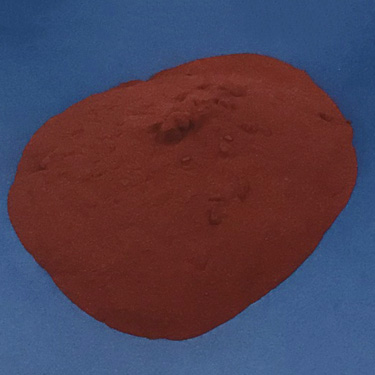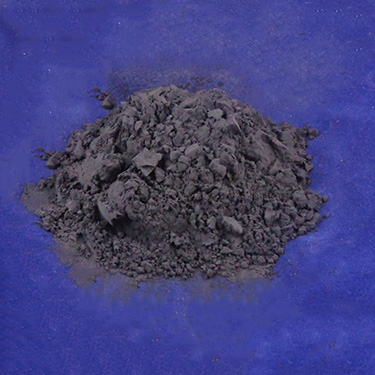Manufacturers around the globe rely on quality materials to create a range of parts, equipment and products for businesses and consumers. During the assembly process, different materials may need to be joined together for a tight seal, cast in a mold to a designed form, or bent into a new direction without collapsing. Low melting…
Posteos Relacionados

Creating complex shapes
Powdered metals help engineers produce parts cost-effectively What is the best way to make a 3-D part out of metal? It depends. There are a number of considerations involved, including time and money. To create parts, manufacturers can choose either a subtractive or an additive manufacturing process. Subtractive manufacturing involves taking a block of material…

Liquid metal’s low melting point
Fusible alloys’ low melting point makes them useful in a wide variety of applications The melting point of aluminum is 1,220 degrees Fahrenheit. Carbon steel melts somewhere between 2,600 and 2,800 degrees Fahrenheit, and the temperature needs to rise all the way up to 6,150 degrees Fahrenheit to melt tungsten. Specialized furnaces are needed to…

The Basics of Bismuth
This white element is an essential part of many alloys Purple-Silver, crystalline Bismuth has been in use since the early days of alloying, although during those times, it was often mistaken for Lead. It’s the most naturally diamagnetic element, which means it repels both north and south, and it has one of the lowest values…



